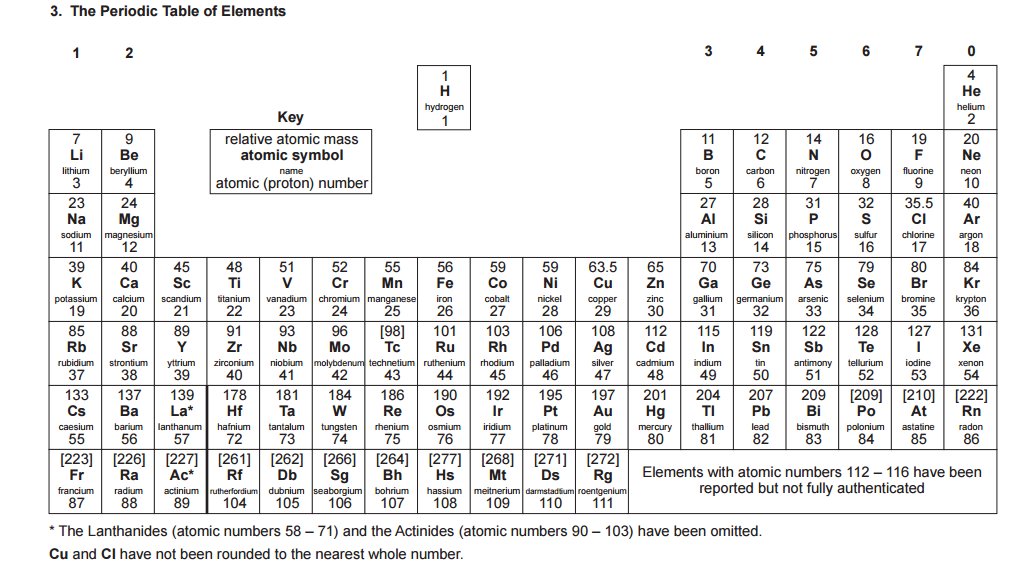

- #Reactivity series plus
- #Reactivity series series
Note that zinc and iron can be displaced from their oxides using carbon but not using hydrogen.
#Reactivity series series
Here is the reactivity series including carbon and hydrogen: It is useful to place carbon and hydrogen into the reactivity series because these elements can be used to extract metals. When this layer is removed, the observations are more reliable. This is because its protective aluminium oxide layer makes it appear to be less reactive than it really is. Note that aluminium can be difficult to place in the correct position in the reactivity series during these experiments. It’s also a useful method in predicting the products of simple displacement reactions involving two different metals, as well as it also provides an insight into why. The tables show how the elements react with water and dilute acids: Reactivity Series of Metals The metal reactivity series is a very important concept in chemistry, placing the metals, in order of reactivity from most reactive to least reactive. Observations of the way that these elements react with water, acids and steam enable us to put them into this series. For example: P eople S ay L ittle C hildren M ake A Z ebra I ll C onstantly S niffing G iraffes. For example:Ī good way to remember the order of a reactivity series of metals is to use the first letter of each one to make up a silly sentence.

Ī reactivity series of metals could include any elements. More reactive metals have a greater tendency to lose electrons and form positive ions.
The electrochemical series as a series of metals arranged in order of their ability to be oxidised (reactions, other than displacement reactions, not required).In a reactivity series, the most reactive element is placed at the top and the least reactive element at the bottom. Investigate the properties of different materials including solubilities, conductivity, melting points and boiling points. Unit C2: Further Chemical Reactions, Rates and Equilibrium, Calculations and Organic Chemistry. 2.1.4 explain and describe the displacement reactions of metals with other metal ions in solution. The easier it is for a metal to form its positive ion, the more reactive. 2.1.1 recall the reactivity series of metals, including K, Na, Ca, Mg, Al, Zn, Fe and Cu When metals react with other substances, the metal atoms always form positive ions. Unit 2: Further Chemical Reactions, Rates and Equilibrium, Calculations and Organic Chemistry. make reasoned judgements and draw evidence-based conclusions. PRACTICAL: Determination of relative reactivities of metals through displacement reactions. iron nail in copper(II) chloride solution) and competition reactions (e.g. (c) the relative reactivities of metals as demonstrated by displacement (e.g. Unit 2: CHEMICAL BONDING, APPLICATION OF CHEMICAL REACTIONS and ORGANIC CHEMISTRY. The method used to extract a metal from its ore depends on the position of the metal in the reactivity series. The electrochemical series represents a series of reduction reactions. Reactivity Series The chemistry of the metals is studied by analysing their reactions with water and acids Based on these reactions a reactivity series of. C3.2.1 deduce an order of reactivity of metals based on experimental results including reactions with water, dilute acid and displacement reactions with other metals. C3.2 How are metals with different reactivities extracted?. C3 Chemicals of the natural environment. #Reactivity series plus
10 Investigate the variables that affect temperature changes in reacting solutions such as, eg acid plus metals, acid plus carbonates, neutralisations, displacement of metals. RP18 Investigate the variables that affect the temperature changes of a series of reactions in solutions, eg acid plus metals, acid plus carbonates, neutralisations, displacement of metals. 

A more reactive metal can displace a less reactive metal from a compound. 4 Investigate the variables that affect temperature changes in reacting solutions such as, eg acid plus metals, acid plus carbonates, neutralisations, displacement of metals. RSC Yusuf Hamied Inspirational Science Programme. Introductory maths for higher education. The physics of restoration and conservation.








 0 kommentar(er)
0 kommentar(er)
